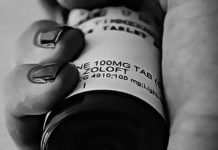Drug rehab is a growing field. As society becomes more drug-related, the demand for drug rehab centers increases. In recent years, many cities and states have begun to put a greater emphasis on drug treatment programs. Most drug rehab centers work to help their patients get better. These rehab centers offer detoxification programs, residential treatment, outpatient services, and inpatient programs. Drug rehab programs help individuals with substance abuse disorders to overcome drug addictions. Some drug rehabilitation centers are also age or gender-specific, which helps patients feel comfortable in the center environment.
Drug rehab programs vary, and they include everything from drug and alcohol dependence to eating disorders, personality disorders, and obsessive compulsive disorders. The most commonly used treatment method is residential treatment. In residential treatment, a resident is admitted into a rehab center where he or she stays for an extended period of time. The purpose of residential treatment is to help a patient overcome the drug addiction, so that the addict will not relapse. Residential rehab programs are sometimes referred to as “intensive” care. Many outpatient treatment programs are also in-patient programs that are set up in residential centers.
Outpatient treatment refers to services that are provided by a doctor, therapist, or therapist in a clinic. Outpatient drug therapy, for instance, is usually offered by a certified therapist who offers individual or group counseling sessions. Outpatient treatment also includes some inpatient treatment services. A patient can be admitted to an inpatient facility if he or she is ready and able to receive treatment. An inpatient drug rehab program can include both inpatient and outpatient treatment. Residential or outpatient drug rehabilitation programs are generally shorter than inpatient programs.











